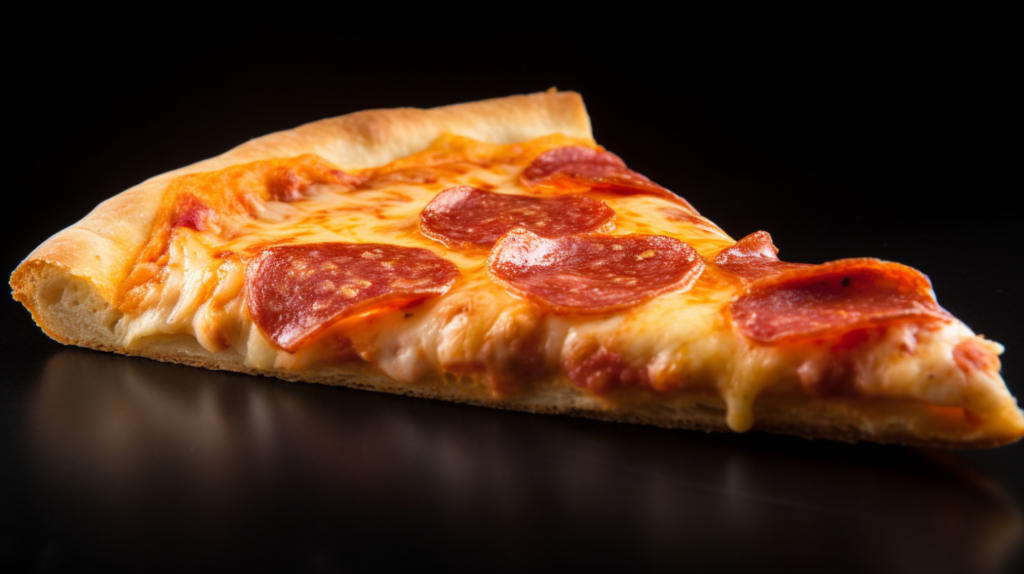Discover the origins and evolution of the world’s most beloved food – Pizza. From ancient civilizations to modern-day pizzerias, we delve into the history of this savory dish.
Introduction:
Pizza is a dish that has captured the hearts of people across the world. Whether it’s a classic Margherita or a loaded supreme, there’s something for everyone on this delicious pie. But have you ever wondered where this dish came from and how it evolved into the staple food it is today? In this article, we take a journey through time to explore the rich history of pizza.
The Early Days: The Origins of Pizza
Pizza has its roots in ancient civilizations such as the Egyptians, Greeks, and Romans. These civilizations are known to have made flatbreads with various toppings, similar to what we know as pizza today. However, it was not until the 16th century that pizza as we know it today began to take shape in the city of Naples, Italy.
Naples: The Birthplace of Pizza
Naples was a bustling port city during the 16th century and was known for its street food. It was here that pizza as we know it today was born. The dish was simple, made with a thin layer of dough, tomato sauce, cheese, and toppings such as garlic, anchovies, and olives. This combination of ingredients quickly became popular among the city’s working-class population and soon spread throughout Italy.
Pizza Goes Global
As Italian immigrants began to settle in other parts of the world, they brought their love for pizza with them. In the late 19th and early 20th centuries, Italian immigrants opened pizzerias in cities such as New York and Chicago, introducing the dish to a wider audience. It wasn’t long before pizza became a staple food in the United States and other parts of the world.
The Evolution of Pizza
While the classic Margherita remains a popular choice, pizza toppings have come a long way since the 16th century. Today, pizzerias offer a wide range of toppings, from traditional ingredients such as olives and anchovies to more modern options such as BBQ chicken and pineapple.
Pizza Toppings Around the World
Pizza toppings vary greatly depending on the region. In Italy, pizza toppings tend to be simple, with a focus on high-quality ingredients such as fresh mozzarella and basil. In the United States, pizzerias offer a wide range of toppings, from pepperoni and sausage to unconventional options like ranch dressing and buffalo chicken.
Pizza Today
Pizza has come a long way since its humble beginnings in Naples. Today, it’s a global phenomenon, with pizzerias and chains found in every corner of the world. From thin-crust Neapolitan-style pizzas to deep-dish Chicago-style pies, there’s something for everyone.
FAQs
Q: When did pizza first become popular?
A: Pizza became popular in the 16th century in Naples, Italy.
Q: Where did pizza originate?
A: Pizza has its roots in ancient civilizations such as the Egyptians, Greeks, and Romans, but it was in Naples, Italy that pizza as we know it today was born.
Q: What was the first type of pizza?
A: The first type of pizza was a simple Margherita-style pie, made with a thin layer of dough, tomato sauce, cheese, and toppings such as garlic, anchovies, and olives.
Conclusion:
The history of pizza is a rich and fascinating one, full of twists and turns. From its origins in ancient civilizations to its global popularity today, pizza has become a staple food in households and restaurants around the world. Whether you prefer a classic Margherita or a loaded supreme, one thing is for sure – pizza is here to stay. So next time you enjoy a slice, take a moment to appreciate the rich history behind this beloved dish.
The History of Pizza is a story of evolution and adaptation, reflecting the changing tastes and cultures of people around the world. From its humble beginnings in Naples, to its current status as a beloved food, The History of Pizza is a testament to the power of food to bring people together and create a sense of community. So raise a slice to this delicious dish, and to the rich history that has made it what it is today.


